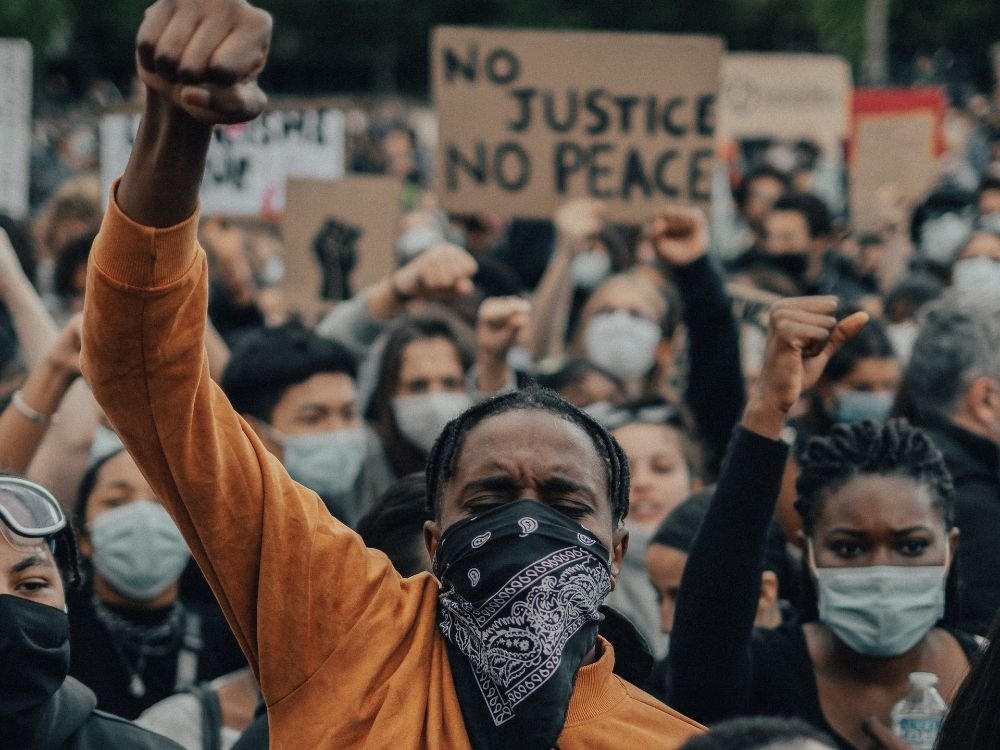Confidentiality in workplace investigations isn’t just about keeping secrets — it’s about protecting people, ensuring fairness, and upholding trust. Whether you’re dealing with a complaint about harassment, safety violations, or a potential legal matter, how you handle sensitive information can determine the success or failure of the entire investigation.
When confidentiality is not properly maintained, it can lead to retaliation, gossip, mistrust, and even legal complications. That’s why having a well-thought-out plan to protect private information is not only good practice — it’s essential.
In fact, topics like these are often a major part of safety training and educational programs such as the NEBOSH IGC, where future safety officers are taught how to handle sensitive workplace issues professionally. Understanding how confidentiality links to hazard control makes this a core skill in safety management.
Let’s walk through the best practices that every workplace should follow to ensure investigations are handled with the highest degree of integrity and care.
Understanding the Scope of Confidentiality in Investigations
Confidentiality in workplace investigations covers a range of sensitive details — from personal accounts to evidence, witness identities, and disciplinary decisions. The aim is not secrecy for its own sake but to prevent harm and encourage honest participation in the process.
A real-life example comes from a mid-sized construction firm where a supervisor was accused of misconduct. Because the company did not manage confidentiality well, the names of the involved employees were leaked, causing fear among staff and damaging morale. Eventually, the complainant left the job due to the pressure. This incident illustrates how poor handling of private information can be more damaging than the incident being investigated.
To prevent such outcomes, here are some effective strategies and steps to follow.
How to Maintain Confidentiality During Workplace Investigations
Step 1: Set Clear Confidentiality Expectations
Before the investigation even begins, everyone involved — including managers, HR professionals, and investigators — should understand what confidentiality means in this context. It’s also important to inform participants (like witnesses and complainants) about the limits and purpose of confidentiality.
Use clear, respectful language like:
- “What you share will only be used for the investigation.”
- “We’ll limit this information to those who absolutely need to know.”
This helps set the tone and builds trust early on.
Step 2: Limit Access to Information
Not everyone in the organization needs to know the details of an investigation. Share information strictly on a need-to-know basis. This includes:
- Interview notes
- Email communications
- Physical or digital evidence
For example, in organizations trained under NEBOSH IGC standards, data protection principles are included in safety procedures. Investigators learn to safeguard all documentation, keeping files locked or password-protected, and using encrypted systems when possible.
Step 3: Train Your Team on Confidentiality
Confidentiality isn’t instinctual for everyone — it must be taught. Make sure all managers, safety officers, and HR personnel receive proper training on:
- How to respond when someone shares sensitive information
- The risks of information leaks
- Legal requirements related to workplace privacy
Interactive scenarios during safety training sessions help reinforce the importance of confidentiality. For instance, NEBOSH Safety Courses often use case-based learning to show how confidentiality can impact the outcome of an investigation.
Step 4: Separate Investigation Roles Clearly
Avoid conflicts of interest by assigning specific roles. For example, the investigator should be someone neutral — not a direct supervisor or colleague of the accused or complainant.
In small workplaces, consider hiring an external consultant to carry out sensitive investigations. This not only reduces bias but also helps preserve the integrity of the process.
Step 5: Handle Documentation with Care
Documentation is a core part of any investigation. Make sure it is:
- Stored securely (digitally or in locked cabinets)
- Shared only with those directly involved
- Clearly marked as “Confidential”
Even internal communication like emails should be carefully worded. Avoid emotional language, assumptions, or unnecessary sharing of names and details.
Step 6: Use Private Spaces for Interviews
Conduct all interviews in quiet, private locations. If you’re working remotely, use secure video conferencing tools and remind participants to speak in private areas.
A former HR manager shared how an interview conducted in an open office space led to other employees overhearing a witness’s statement. This not only broke confidentiality but discouraged others from cooperating in future investigations.
Always schedule interviews thoughtfully and remind participants about the importance of keeping the discussion confidential.
Step 7: Monitor for Breaches and Respond Quickly
Even with precautions in place, breaches can happen. If confidential information is leaked, take the following actions:
- Investigate the breach
- Identify how the information was shared
- Take corrective or disciplinary action if needed
Additionally, reassure affected parties and reinforce your commitment to privacy.
In NEBOSH-aligned workplaces, there’s an emphasis on reviewing processes after incidents like these. Continuous improvement is key.
Step 8: Communicate Results with Discretion
When an investigation concludes, communicate findings only to the appropriate people. You might need to inform the complainant and the accused, but avoid public announcements or open discussion of outcomes.
Say just enough to close the case and move forward:
- “The investigation has been completed and appropriate actions have been taken.”
- “We appreciate your cooperation and respect everyone’s privacy.”
This careful communication helps rebuild trust and prevents further gossip or speculation.
When Confidentiality Becomes a Hazard
Sometimes, a desire for secrecy can backfire — especially when safety is at risk. If an investigation uncovers serious hazards, certain disclosures may be necessary to prevent harm.
For example, if faulty machinery is linked to a safety violation, the responsible department must be informed even if the details of the investigation remain private. In such cases, the principle of confidentiality must be balanced with the responsibility to protect others.
Read more about how NEBOSH Safety Courses can help strengthen your organization’s safety practices and build employee trust.
Conclusion: Building a Culture of Respect and Trust
Maintaining confidentiality isn’t just a box to tick — it’s a cornerstone of ethical, effective safety management. Every workplace, no matter how large or small, must create a culture where privacy is respected and processes are transparent.
By following these steps, you not only ensure legal compliance but also create an environment where employees feel safe to speak up. That’s how real progress happens.
For those looking to deepen their understanding of workplace safety management, the NEBOSH IGC is a great place to start. This globally recognized qualification offers a comprehensive look at the principles behind risk management, investigation procedures, and ethical leadership.




